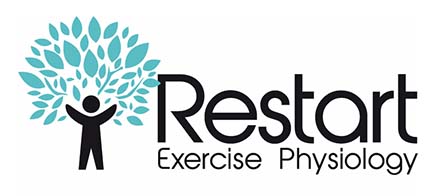According to most sources, approximately 80% of people will suffer with lower back pain to some degree in their lifetime. Are you one of the 80%?? Maybe you’ve experienced a niggle or generalised, annoying soreness throughout the small of the back following a long day in the office chair; or an acute, sharp stabbing pain upon lifting a heavy pot plant that left you breathless and almost paralysed with fear; or a chronic pain that you have been putting up with for, well, as long as you can remember.
If this is you, or someone that you hold dear, what are 3 time friendly steps that can take TODAY to make create positive change?
Hydration and Movement
The importance of hydration is well documented. Almost every physiological process, structure and organ in our body is benefitted by an optimal state of hydration. This is no more true than when discussing our spine health.
Between each of our 24 vertebrae sits an intervertebral disc (IV disc), which acts as a shock absorber to distribute and dissipate load during day to day life. We are more prone to loss of intervertebral disc height through our lumbar spine, due to the need to support and bare the weight of the upper body and stabilise the superior spinal structures.
So how can we optimise the health of these IV discs and avoid unwanted loss of height and potential subsequent lower back pain onset? A very clever process called osmosis facilitates the transfer of water across a semi-permeable membrane and into the Annular Fibrosis of the IV disc. This process is driven by kinetic energy, which you guessed it, means that movement is required to generate greater uptake of water to where it’s needed (a quick way to calculate your daily water requirements can be found here: https://www.camelbak.com/en/hydrated/hydration-calculator). Avoid sedentary periods and go for frequent gentle walks. Gentle mobilisation of the spine within pain-free parameters is also recommended.
Avoid the Mechanism and Cause of Pain
This may be an obvious one, but avoidance of the movement or activity that causes pain is key. Pain is your body’s way of saying “hey woah, hang on a second, I’m not comfortable with this movement or position and thus prefer you to avoid!” As EPs we see it all the time: not being intuitive to the cues your body is giving you can lead to increased severity of injury!
The cause or trigger can often be obvious eg lifting a heavy object and feeling a sharp, stabbing pain, or not so obvious eg non-specific, seemingly unprovoked discomfort throughout the entire lower back area. The correct ergonomic setup of your work station or home environment is an important part of reducing unnecessary duress on your spine and it’s supporting structures. Do you often catch yourself in a less than optimal posture? Are you leaning forward a lot? Twisting and turning more than necessary? Lifting technique poor?
Seek the help of an Exercise Physiologist
Shameless plug right!?
Believe it or not, our ability to consider:
– Condition history,
– Current management strategies, including what’s worked and what hasn’t worked in the past,
– Current health status, including hydration, nutrition, movement, recovery and emotion,
– Movement red flags and asymmetries,
– Joint immobilities, particularly ankles, hips and thoracic spine,
– Muscle activation patterns, particularly glutes, core and hip flexors,
– Stability and control during primal movement patterns, such as squatting, lunging, lifting and pushing,
can fast-track your ability to overcome lower back pain and be back to your pain-free, happy self TODAY!
Note: for acute episodes of lower back pain, it is best to seek the advice of a Physiotherapist. Their specialties lie in diagnosing the injury or cause of pain and prescribing interventions to control pain and inflammation. More can be read on this here.
At Restart, we often encounter clients who come to see us having suffered with joint pain for far too long. It’s always a buzz to see their face when a simple combination of exercises over often a very short period of time (I’m talking 5 minutes or under) leaves them moving pain-free. We hear it frequently: “I have become so used to joint pain that it had become the new normal, something that I thought I’d have to put up with for the rest of my life.”
This is a very brief recap of how to manage what can often be a more complex injury or condition, but I believe these interventions can create immediate positive change with the majority of sufferers of lower back pain.
Have a great day!
Luke

0 Comments